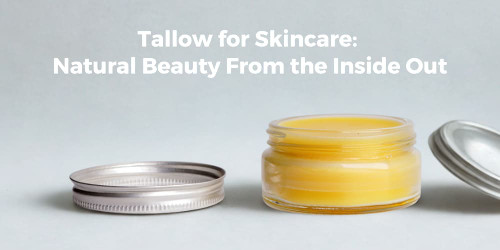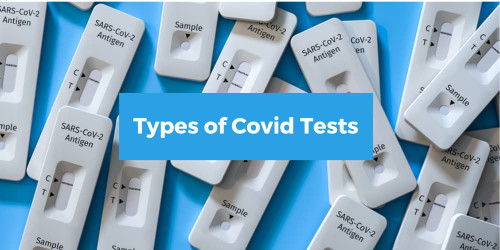Guide to PPE Eye Protection in Healthcare
There’s no doubt that PPE eye protection is a piece of essential equipment for those working in healthcare. While many of us are aware that PPE in the workplace is vital, it can be a little trickier to decide exactly which eye protection to use to provide the best defence against workplace injuries or illness. This article will help explain why healthcare workers should use PPE eye protection and what setting to use it in. On top of that, it will address the main types of PPE eye protection to help you decide which is best for you and your own individual circumstances.
What is Personal Protective Equipment (PPE)?
Personal protective equipment (PPE) is clothing or equipment designed to protect the wearer's body from injury or illness. While PPE can be used in various situations, it is most commonly required when at work. PPE is a broad term that encompasses a variety of products, but the most common types of medical PPE are gloves, masks, clothing (such as gowns) and eye protection. PPE eye and face protection involves products like face shields and goggles, which help to protect the wearer from being exposed to particles and body fluids.
Why and Where Should We Use PPE Eye Protection?
PPE eye protection should be used because it is one of the key protective factors against workplace injuries, illnesses or accidents. While eye injuries can often be minor, there is still a risk of serious injury or vision loss when working with hazardous substances or chemicals. On top of that, exposure to bodily fluids or particles can leave medical professionals at risk of contracting a range of illnesses. We all know that our eyes are one of our most important assets, so it is essential that we do everything in our power to go about work safely.
Our eyes are a particularly delicate body part, and simply wearing regularly eyewear won’t provide you with enough protection against injury. Healthcare workers can and should use eye and face PPE anywhere from a bustling hospital to your local GP office. Essentially, healthcare workers providing direct care to a patient or client with a contagious virus must use protective eyewear to decrease the likelihood of the virus spreading to them. Not only is the use of PPE best practice when it comes to confirmed cases of illness, but it is also strongly recommended when caring for those who have risk factors of contracting the illness.
What are the PPE Eye protection standards?
PPE eye protection standards are a set of strict guidelines in the usage of protective eyewear. The first standard is that the frame on eyewear needs to meet the specific minimum lens dimension requirements of AS/NZS 1337. Secondly, the lens on eyewear must be made from appropriate material and feature an adequate level of thickness.
The third protection standard is that the lens must be fitted appropriately to prevent it from dislodging from the frame. It must be held securely enough in the frame that it cannot be dislodged under impact. At the same time, the lens can’t be held in the frame so tightly that a wearer’s vision is distorted. Lastly, the fourth standard for PPE eye goggles is that the manufacturer’s name or logo is clearly displayed on both the frame and the lenses. This will allow the wearer to easily identify the manufacturer if there is an issue with the equipment.
What types of Eye Protection are there?
One primary type of eye protection PPE is safety glasses, while safety goggles and face shields are also commonly used. It is at the discretion of the workplace and the wearer to decide which of the three main types of PPE eyewear to use based on their specific requirements. Safety glasses are glasses with frames constructed from metal or plastic that also feature impact-resistant lenses. Meanwhile, safety goggles usually fall into one of two categories: dust goggles and chemical splash goggles. Both types offer more heavy-duty protection than glasses due to their tight-fitting design.
The snug fit of dust googles enables them to resist exposure to large particles that could otherwise make their way to the eye. Similarly, chemical splash googles completely cover the eye, eye sockets and facial area around the eyes to provide protection n from splashes and impact. Face shields can also prevent exposure to slashes and sprays given the level of coverage they provide. These shields typically extend from the eyebrows to below the chin and across the width of the wearer’s head.
What PPE Eye Protection is best for me?
The type of eye and face PPE that healthcare workers should use depends on several factors. You will need to consider your work setting, the style of the eye protection, the specific tasks that require eye protection and your own individual preferences. It may be necessary to test out several different types of eye protection to decide which one is best suited to your needs and circumstances. When choosing what type of PPE eye protection you want to use, you should also factor in what you expect to be exposed to in your work, whether liquids or particles. This makes it easier to decipher the kind of PPE that is appropriate for the situation. MedCart has an extensive range of protective glasses, goggles and face shields for sale to ensure you’re equipped with the highest quality eyewear on the market.















